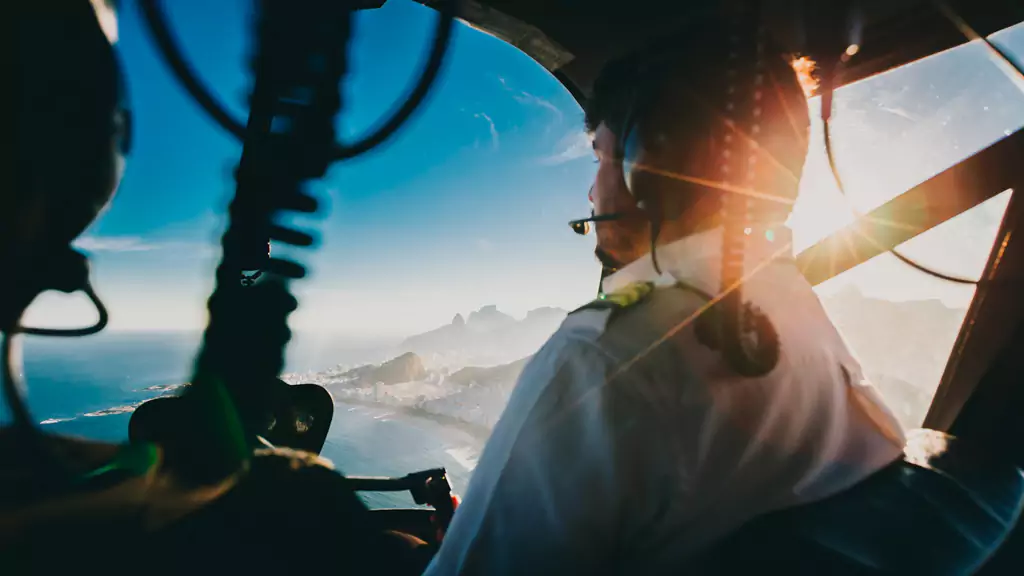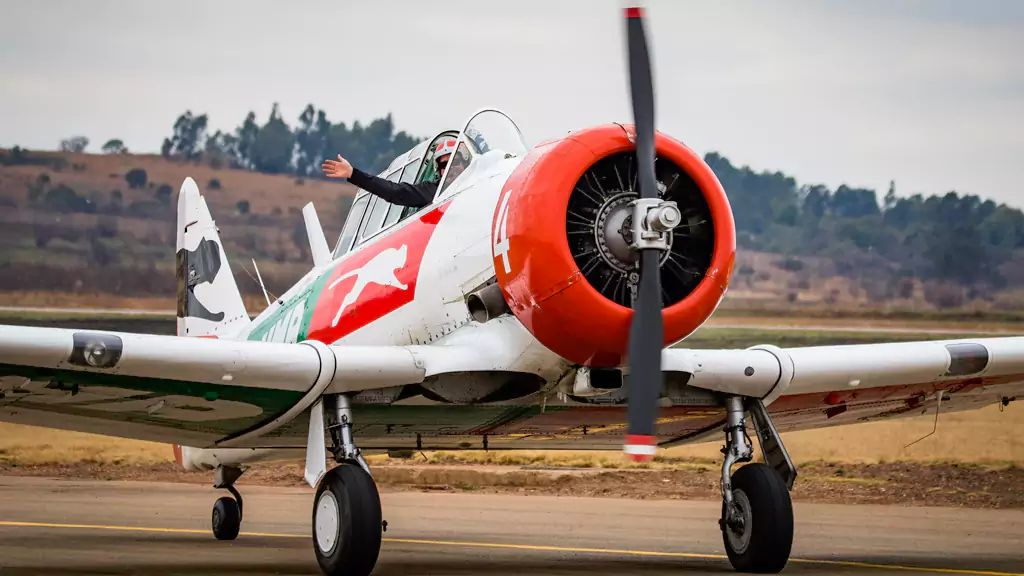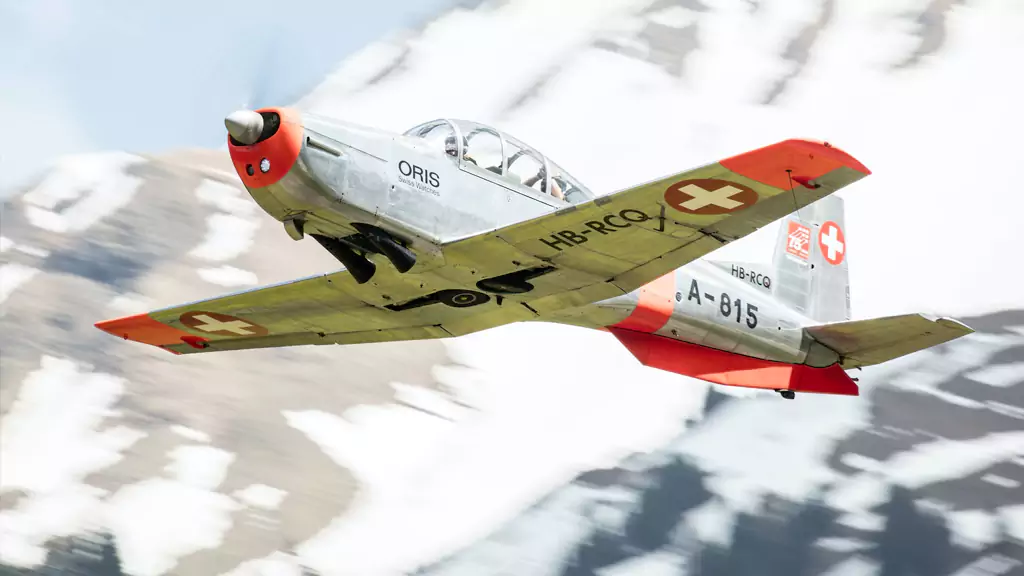A person’s journey to become a pilot is one of the most rewarding, but challenging, experiences they may have in life. While there will be moments of sheer ecstasy and moments of frustration, there is nothing like the feeling of soaring off into the sky with your own hands!
It takes a lot of effort to become a pilot. A pilot’s license requires a full commitment to training, ground school, and homework. It takes a varying amount of time and money for each credential to be completed. The difficulty of the training will be determined by the student’s ability.
At several points in my flight training, I made no progress at all or was unable to fly at all. What it takes to become a licensed pilot is explained in detail in this article for those who have been dreaming of flying for some time.
Is It Difficult to Obtain All Pilot Certificates?
When someone first begins to learn to fly, they may feel as though they are standing at the base of a mountain with no discernible path upward. The sort of pilot’s licence they seek will determine the height of the mountain!
The Sport Pilot Certificate is the first step in becoming a pilot. This certificate takes the least amount of flying experience, does not require a medical test, and does not require any ground school.
The student only just to review the pertinent information in order to pass the written test. A standard Sport Pilot Certificate takes around 25-30 hours to acquire, costs between $4,000 and $6,000, and may be finished in a few weeks.
On the other hand, students who enroll in a complete airline pilot program are at the opposite extreme of the spectrum.
This is a rigorous, full-time training program that will include organized ground and flight instruction, several stage checks, written examinations, and flight tests.
It will take between 7 and 12 months to complete, will cost between $70,000 and $90,000, and will need a significant commitment..
Regardless of the pilot certificate you want, the difficulties you may encounter varies significantly depending on the person standing next to you. Anyone may learn to fly, although some may require more study to grasp the theory required to pass the written and oral tests.
What is Involved in Flying Instruction?
Learning to fly entails more than simply boarding an airplane and flying it through the sky. Theoretical knowledge, practical experience, technical comprehension, planning, management, self-assessment, and critical thinking are all components of the pilot education process.
There are several areas that a student must master in order to become a pilot, regardless of the qualification they are pursuing. As pilot certifications grow more professional, the quantity of material and abilities they must master will expand.
The following are some of the areas that all pilots must become proficient in:
Flight Training
The fundamental component of becoming a pilot is learning how to control and fly the aircraft in a variety of various maneuvers. Each aircraft type has its own set of protocols and constraints for how it should be flown.
Flight time with an instructor next to you is essential, as is solo flight time, and competency in each flight maneuver must be acquired and proven to the acceptable tolerances in order to pass a flight test.
The larger and more sophisticated the aircraft, the more flight training is necessary. This is why, when first learning to fly, the simplest and least expensive aircraft are utilized to develop essential flying principles that may be expanded upon as training proceeds toward higher certificates.
The majority of trainees will encounter difficulty learning a specific flight technique, resulting in a training plateau. This is very typical, and all it takes is some persistence to practice the maneuver until it can be flown to the appropriate standard.
Throughout my helicopter private pilot licence, I had significant difficulty with autorotations. We simply continued practicing till I figured it out. Each student is unique; some may fly through flight training yet struggle mightily to pass the writing examinations!
Ground School
For many flight students, the ground school or theoretical portion of learning to fly is by far the most challenging. For many students, entering the world of aviation is a completely new experience, and the quantity of knowledge that must be swallowed, comprehended, and then applied may be astounding.
I discovered that the pupils that battled the most with this section were those who were older and had not been in a school or learning setting in many years, if not decades.
I had been out of school for eight years, and it needed some significant scheduling and mentality adjustments to carve out the time and space for study. For students who have families and a full-time work, this might be the most difficult element of learning to fly.
Ground school encompasses a variety of subjects that must be mastered:
- Aerodynamics
- Air Law
- Aircraft Limitations & Procedures
- Aircraft Technical
- and many other subjects!
- Communication
- Crew & Aircraft Management
- Human Factors
- Navigation
- Weather
To assist pilots in navigating the theoretical knowledge mountain, there are several wonderful books and online/software-based training programs that are ideally adapted to walk you through the content step-by-step.
I utilized several of these during my own training and can attest that I would have suffered much without them!
If you’re interested in beginning flight training, I strongly suggest Rod Machado’s Private Pilot Ground School Training Course.
Rod is an accomplished flight teacher, and his training materials are great, if a little corny in appearance, but with excellent substance.
Communications
Speaking with a total stranger over the aircraft radio worries many students, and this might be one of the most hardest elements to overcome for many pupils.
I, too, experienced similar terror when earning my private pilot licence, as my school was located adjacent to a big international airport with which we were required to communicate. Each time I had to key the mike, I was scared!
To overcome my fears, I used a software-based training tool to practice saying what I needed to say and what the calls were supposed to contain,
I took a course taught by an Air Traffic Control Instructor, and the best thing I ever did was spend an afternoon in the airport’s control tower and approach radar control to see how it all worked.
By doing so, I gained confidence; I discovered that the people on the other end of the radio were human and would not yell at me if I requested assistance or informed them that I was a student pilot.
Since that day, I’ve made a concerted effort to communicate these discoveries to as many students as possible, with excellent success.
Radio work in an airplane is a language that must be taught, and it all comes down to understanding what to say and what to anticipate in return, followed by practice. You may practice while flying and then use a software training tool to improve your skills.
Why Do Pilot’s Quit Flight Training?
As you may have guessed by now, flight training is difficult and requires a high level of personal dedication, yet occasionally a student does not make it for a variety of reasons.
The majority of student pilots abandon flight training owing to bad teaching, personal conflict, a lack of aircraft availability, a lack of enthusiasm, a lack of resources, a lack of time, or medical concerns. Certain pilots will finish their training but will never fly again.
Poor Instruction
Choosing a flight school and instructor is a critical first step in learning to fly. Personal problems may significantly diminish the enjoyment of learning to fly, and having had numerous instructors with whom I disliked flying,
I can attest that spending a little time finding the ideal person with whom you ‘Gel’ in the cockpit can make your training much smoother and more enjoyable.
Visit each school and speak with kids about who they like to travel with and who they would suggest. This is an excellent approach to locate an instructor, meet them, and determine your initial opinion.
I’ve witnessed several students drop out after clashing with their instructor and losing enthusiasm to continue!
Lack of Aircraft
As a school’s enrollment increases, the need for airplanes increases. There comes a moment when no aircraft is available for the flight you desire to take.
If your time is restricted, or you can only travel on weekends, for instance, this might significantly hinder your progress.
This has happened to me personally at my flying school, where several students have either departed to fly elsewhere or just ceased showing up for their lessons.
When selecting a flying school, make careful to inspect their aircraft and inquire again with existing students about aircraft availability and lesson scheduling procedures.
Regular flying helps maintain the difficulty level low, and if you reach a plateau or hit a roadblock during your training, you’ll need regular access to an aircraft to overcome the obstacle.
Motivation
By far the most important aspect in a student finishing their program is motivation. When circumstances become difficult, it is motivation that keeps them on course and pushes them through the slump.
There are two distinct sorts of motivation, and I’ve witnessed firsthand how each one operates:
- External Motivation — The student is learning to fly because their family members are pilots, their family pays for the flight lessons, and they believe it would be a wonderful job. External variables, in essence, are affecting their decision to attend flight school. Many of these students abandon their studies as the initial thrill wears off.
- Internal Motivation – The student is studying to fly because they have desired to do so since they were a child, their goal career is to be a pilot, they are passionate about aviation, and they are self-funding the training. These sorts of pupils are almost always successful in completing their course. They are driven by a desire to achieve, and when it comes time to put their heads down and get to work, they do so.
Duration
Flight training might take an extended period of time, depending on your training availability. When training sessions are limited to once every few weeks, the learning curve might be lengthy.
I was only permitted to fly for an hour every second Saturday while holding a private license, and it took me 2.5 years to earn the certificate, but that was the only way I could do it.
It is far preferable to do all of your training on a full-time basis since your growth will be significantly faster. The more you wait, the more difficult it becomes, and you will spend more time ‘catching up’ than truly learning.
Students with inconsistent and lengthy periods between training flights may easily find a cause to resign.
Financial
Flying lessons are not inexpensive! Even obtaining a sport pilot licence is costly; what about once you have your wings? Do you have the financial means to continue training or flying for pleasure on a regular basis?
Inadequate budgeting and preparation is a significant factor in students stopping training when their funds run out. Plan for all of the training you intend to do and then add some more!
No student ever completes flight training in the minimum length of time required by the FAA for its certifications, so budget accordingly.
On assist you in developing a more precise budget for your flight training, I have produced a comprehensive reference to the cost of flight training for each FAA pilot license. It’s an excellent resource, and I spent much effort compiling it to assist you and assure its accuracy.


